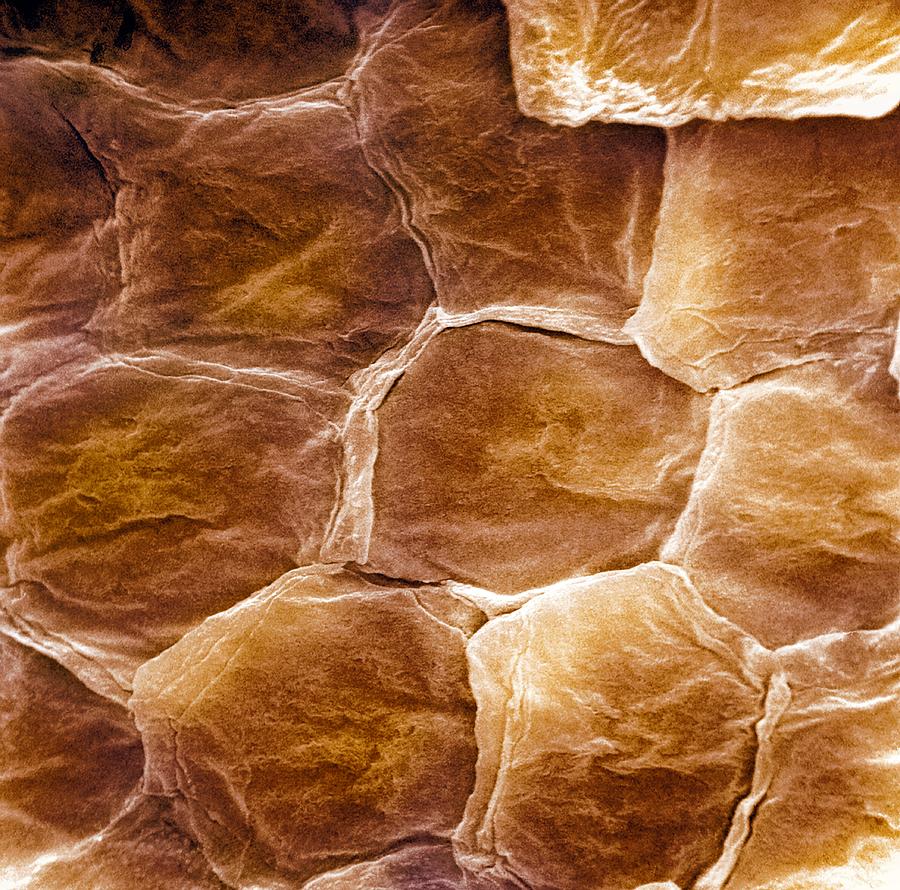The surface of the human skin is 6 5 square feet 2m

The Surface of the Human Skin: A Fascinating Aspect of Our Bodies
The human skin is truly remarkable. It serves as a protective barrier against the outside world, keeping our internal organs safe from harm while allowing us to interact with our environment. One of the most intriguing aspects of the skin is its vast surface area, which measures approximately 6.5 square feet or 2 square meters.

Our skin is the largest organ in the human body and plays a crucial role in maintaining our overall health and well-being. It consists of three main layers: the epidermis, dermis, and subcutaneous tissue. Each of these layers has its own unique functions and characteristics.
The outermost layer, the epidermis, is responsible for protecting the body from external factors such as UV radiation, pathogens, and chemicals. It is composed of several layers of cells, including keratinocytes, which produce the protein keratin, essential for the strength and elasticity of the skin. Melanocytes, another type of cell in the epidermis, produce melanin, the pigment that gives our skin its color.

Beneath the epidermis lies the dermis, which is primarily made up of connective tissues such as collagen and elastin. These proteins provide structural support to the skin, giving it its firmness and flexibility. The dermis also houses important structures such as blood vessels, lymphatic vessels, nerves, and hair follicles.
Lastly, the subcutaneous tissue, also known as the hypodermis, consists of fat cells that act as insulation and help regulate body temperature. It also plays a crucial role in energy storage and cushioning against mechanical impact.
The surface area of the human skin varies from person to person, but on average, adults have approximately 6.5 square feet or 2 square meters of skin. To put it into perspective, this is roughly equivalent to the size of a twin bedsheet or a small car door!
The vast surface area of the skin allows for various important functions. For instance, it helps regulate body temperature through the process of perspiration. Sweat glands located in the skin secrete sweat when our body temperature rises, and as the sweat evaporates from the surface of the skin, it cools us down.
Furthermore, the skin acts as a sensory organ, allowing us to perceive different sensations such as touch, pressure, heat, and cold. Nerve endings scattered throughout the skin transmit these signals to the brain, enabling us to interact with the world around us.
In addition to its functional aspects, the skin also plays a significant role in our appearance. Healthy and glowing skin is often considered a symbol of beauty and vitality. Therefore, it is essential to take care of our skin by maintaining good hygiene, protecting it from the sun’s harmful UV rays, and nourishing it with a balanced and healthy diet.
In conclusion, the surface area of the human skin is truly remarkable, measuring around 6.5 square feet or 2 square meters on average. This large expanse of skin serves as a vital barrier that not only protects us from the outside world but also helps regulate body temperature and allows us to experience different sensations. Taking care of our skin is crucial for both our physical well-being and our appearance, making it an organ deserving of our attention and care.
Source: Science Photo Library
Share
Related Posts
Quick Links
Legal Stuff

